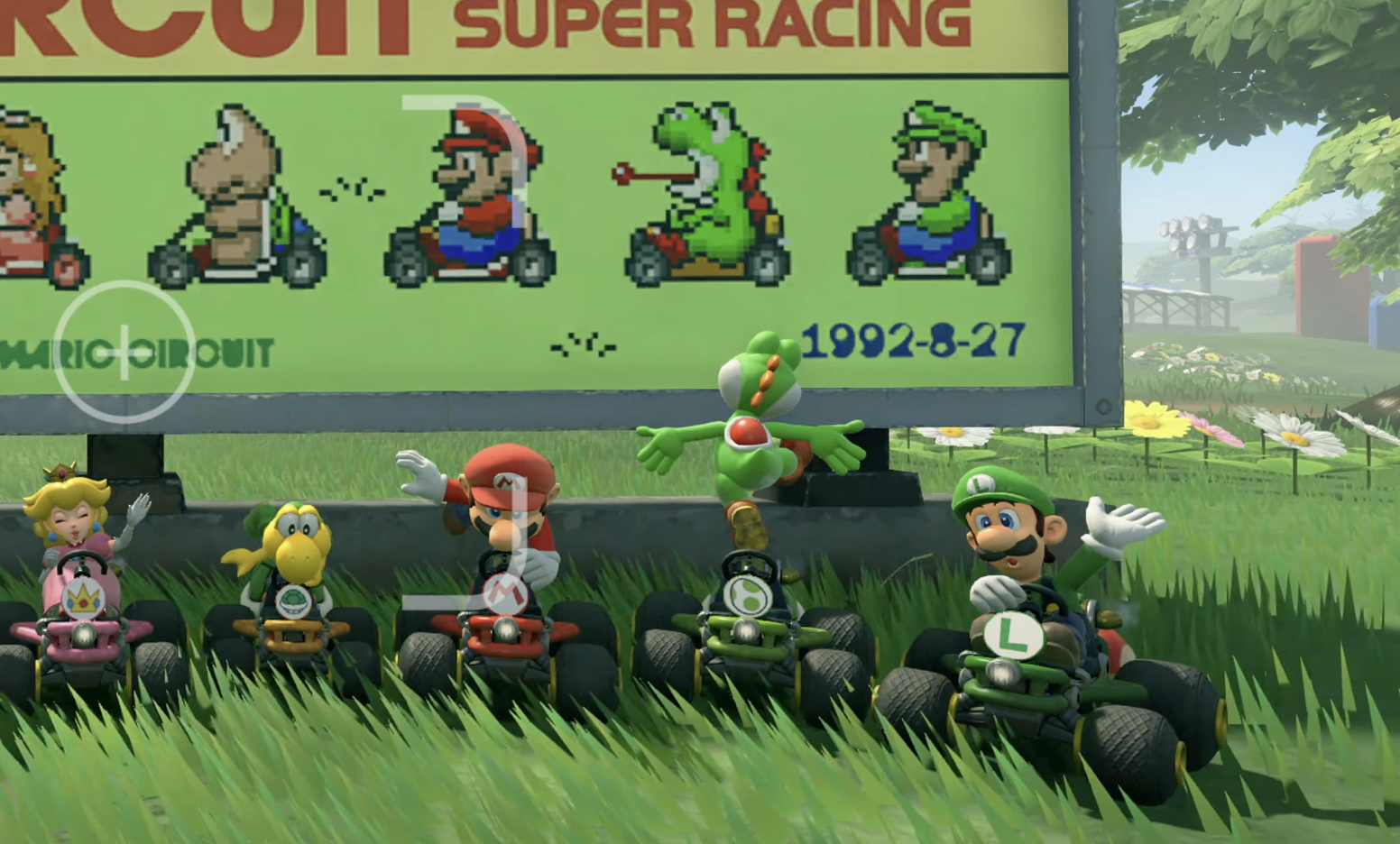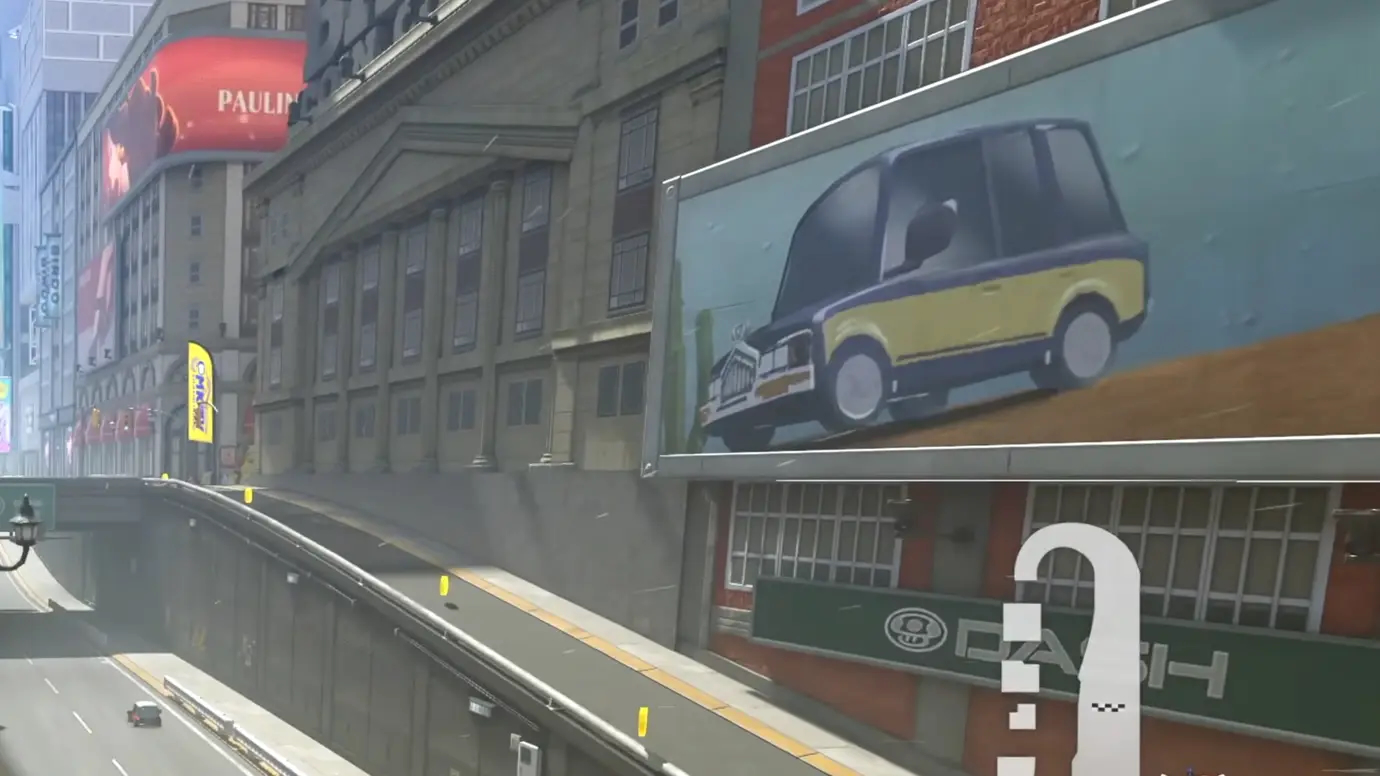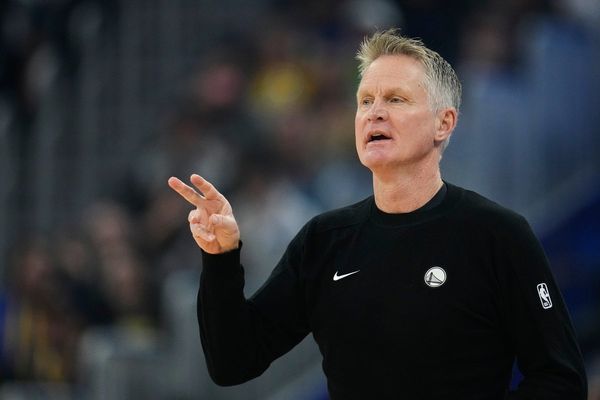
When screenshots from Mario Kart World began circulating online – complete with strange visual artefacts like warped billboards, broken kerning, and odd texture choices – many assumed the same thing: this must be AI-generated.
Commenters called it out within hours. Accusations flew across social media. Generative AI, they said, had crept into Nintendo’s workflow. And while that assumption proved false (Nintendo publicly denied using any AI-generated imagery), the controversy didn’t fade quickly.
That’s the interesting part. The “scandal” wasn’t really about whether AI had been used – it was about how quickly people believed it had (even when Nintendo has been public about not using AI).
The AI tells

This wasn’t the first time fans have suspected AI, and it certainly won’t be the last. Because AI art has tells – uncanny inconsistencies, distorted text, odd depth and lighting cues. As more people encounter generative content daily, we’re becoming fluent in spotting these patterns. But that fluency also means we’re developing a kind of collective paranoia. Even studios known for polish, like Nintendo, aren’t immune.
That shift in perception is what matters. We’re moving into a world where how something was made is almost as important as what it looks like. That’s a significant cultural change – and one we’re not quite ready for.
As the founder of Airship Interactive, I’ve spent my career exploring how new tools and techniques can elevate creative production. And I’ll say this plainly: generative AI isn’t just another tool. It’s a paradigm shift in how we think about – and execute – creativity.
GenAI isn’t Photoshop
There’s a popular argument that “AI is just a tool, like any other.” I don’t buy that. Saying AI is just another software suite is a comforting oversimplification. Photoshop enables your skills. GenAI replicates them. Or, in some cases, outpaces them. It’s not a trowel – it’s a bricklayer. You’re no longer crafting every detail; you’re directing the outcome. That’s more akin to creative leadership than craftsmanship.
It’s also what makes AI so powerful in the right hands. With proper oversight, generative tools can massively increase the velocity and volume of creative output. A single artist can concept multiple ideas, render variations, and test directions in a fraction of the time. We’re already seeing indie studios use AI for pitch decks, character model sheets, and level ideation – things that used to take entire teams.
But let’s not confuse scale with vision. AI needs a strong hand on the wheel. It can produce, but it doesn’t judge. It doesn’t know what’s “on-brand,” or what’s going to emotionally resonate. That’s still a human’s job. And if that oversight is missing, audiences will notice.
Perception is the product

That’s what the Mario Kart moment exposed. It doesn’t matter if AI was used or not – what matters is that it looked like it was. Perception, in this case, became the product. And if that perception undermines trust, studios have a problem on their hands.
In many ways, this is the cost of AI’s growing ubiquity. As its fingerprints become easier to spot, it also becomes easier to misattribute mistakes to it. The broken billboard might have been a placeholder, or a rendering bug, or a rushed deadline.
But none of that matters if people assume AI was the cause. In the court of public opinion, “it looks AI” is now a valid critique – much like “it looks Photoshopped” became shorthand for inauthenticity over the past two decades. Just as Photoshop was once seen as a tool for manipulation rather than enhancement, AI now finds itself in a similar position: any visual anomaly or imperfection is quickly chalked up to its influence, regardless of the true cause. The medium becomes the scapegoat, whether or not it was ever involved.
Which means developers need to get comfortable being transparent. If you use AI, say so. If you don’t, clarify when needed. Audiences are increasingly tuned in, and they’re asking smart questions. Hiding behind ambiguity won’t cut it.
What does responsible use look like?
This is the question we all need to be asking. Because the technology is moving too fast for policy to keep up. It’s up to studios, teams, and individuals to define what responsible use of AI means for them. That might include:
- Creative oversight: No AI asset should go into a final product without being reviewed and approved by a human with domain knowledge.
- Documentation: If AI was used, when, and how? Track it. Own it.
- Ethical sourcing: Don’t feed your models on stolen or unlicensed data. Respect the artists your tools are learning from.
- Internal standards: Define what “good” looks like in your studio, and train your AI tools — and your teams — to aim for that standard.
These aren’t optional extras. They’re table stakes if we want to maintain the trust of our players, our peers, and our collaborators.
A wake-up call, not a witch hunt
It would be easy to write off the Mario Kart scandal as a storm in a teacup. No AI was used, Nintendo said, so case closed.
But I think that misses the point. This wasn’t a witch hunt – it was a wake-up call. It showed just how far-reaching AI anxiety has become. It showed that even beloved, legacy brands aren’t immune from suspicion. And it showed that, as an industry, we still don’t have a shared language to talk about generative art – what it is, what it isn’t, and why it matters.
We need to build that language. Because GenAI isn’t going away. And the sooner we start having nuanced, transparent conversations about how it fits into our workflows and creative ambitions, the stronger our industry will be.
Final thought
AI doesn’t threaten creativity (as we can see by how it's actually impacting graphic design, for example). But it does force us to re-examine what creativity looks like, and who – or what – gets to participate in it. The real scandal isn’t that AI is being used in game art. The scandal is that we’re still pretending it’s not a big deal.
Our job as developers is to lead with transparency. To own the tools we use. To respect the audience’s growing awareness. And to keep pushing for innovation that doesn’t come at the cost of creativity.
Because ultimately, AI is not the enemy. Complacency is.
Read more about how AI could impact video game design in the future.







